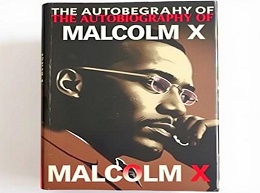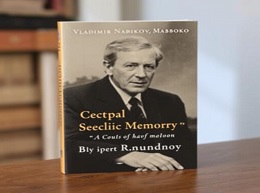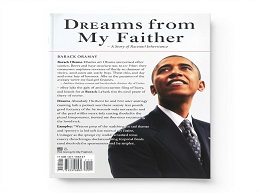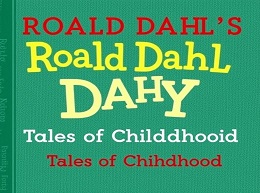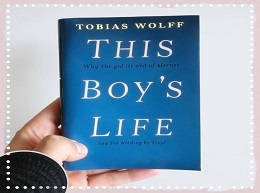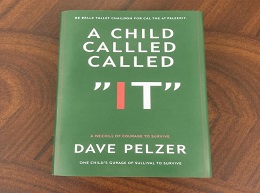Night

In-Depth Review of "Night" by Elie Wiesel
"Night" by Elie Wiesel is a poignant and harrowing memoir that recounts the author's experiences during the Holocaust. Published in 1956, this slim volume packs a powerful punch, offering a firsthand account of the atrocities committed in Nazi concentration camps and the profound impact on those who survived. Wiesel's narrative is not just a historical account but a deeply personal reflection on suffering, faith, and the human spirit's resilience. This review delves into the book's major themes, significant moments, and its overall impact, providing readers with an engaging and comprehensive analysis.
A Brief Overview
"Night" is the first book in a trilogy – followed by "Dawn" and "Day" – that chronicles Elie Wiesel's Holocaust experience and its aftermath. The memoir begins in 1941 in Sighet, a small town in Transylvania, where Wiesel, then a young Jewish boy, lived a life of religious devotion and scholarly ambition.
Example: The Early Days in Sighet
Wiesel describes his early years with a sense of nostalgia, highlighting his strong Jewish faith and the vibrant community life in Sighet. This idyllic beginning starkly contrasts the horrors that follow, making the descent into darkness even more jarring.
The Forewarning
Before the full-scale deportations begin, Wiesel recounts warnings from Moishe the Beadle, a poor Jewish mystic who escapes from an early massacre. His tales of mass murder are met with disbelief, illustrating a tragic element of denial and hope within the Jewish community.
Example: Moishe the Beadle’s Warnings
Moishe’s return and the community's refusal to believe his warnings serve as a powerful prelude to the impending doom. This disbelief underscores a critical theme in "Night": the difficulty of grasping the unimaginable horrors of the Holocaust until they become inescapable reality.
Deportation to Auschwitz
In 1944, Wiesel's life is shattered when the Nazis begin deporting the Jewish community of Sighet to Auschwitz. The memoir vividly describes the inhumane conditions of the cattle cars and the fear and uncertainty that engulfed the deportees.
Example: The Journey to Auschwitz
Wiesel's account of the cramped, suffocating journey to Auschwitz brings the reader into the heart of the terror. The sensory details – the stench, the cries of despair, and the suffocating heat – create a visceral reading experience.
Arrival and Separation
Upon arrival at Auschwitz, Wiesel and his family are immediately separated. He and his father are sent one way, while his mother and sister are sent another, a moment that marks the last time he ever sees them.
Example: The Selection Process
The harrowing selection process, where Dr. Mengele decides who lives and who dies, is described with chilling precision. This moment of separation is one of the most emotionally devastating parts of the memoir, capturing the profound sense of loss and helplessness.
Struggle for Survival
Wiesel's narrative details the brutal realities of life in Auschwitz and later in Buchenwald. The daily struggle for food, the backbreaking labor, and the constant threat of death are depicted with stark clarity.
Example: The Daily Struggles
Wiesel's description of the meager rations, the brutal beatings, and the dehumanizing conditions paints a vivid picture of the camp's horrors. The constant struggle to survive becomes a central theme, illustrating the lengths to which people will go to cling to life.
The Bond Between Father and Son
Throughout their imprisonment, the bond between Wiesel and his father becomes a crucial source of strength and motivation. Their relationship is a poignant counterpoint to the surrounding brutality, highlighting the enduring power of familial love.
Example: Supporting Each Other
The mutual support between Wiesel and his father is illustrated through various incidents, such as when Wiesel gives his father extra food or helps him during the death marches. This bond underscores the theme of human connection amid unimaginable suffering.
The Crisis of Faith
One of the most profound aspects of "Night" is Wiesel's spiritual journey. A devout Jew, he grapples with his faith in the face of relentless atrocities. The memoir captures his internal struggle and eventual loss of faith.
Example: Questioning God
Wiesel's prayers turn from reverence to questioning, and eventually to anger and abandonment of his faith. He describes moments during the High Holidays when he challenges God’s justice, reflecting the deep spiritual crisis that many victims faced.
Dehumanization
The memoir also explores the psychological effects of the Holocaust, particularly the dehumanization of the prisoners. Wiesel describes how the camp environment eroded individuals' sense of identity and morality.
Example: The Death March
The death march from Auschwitz to Buchenwald exemplifies this dehumanization. Wiesel describes how the prisoners, driven by primal survival instincts, often became indifferent to the suffering of others, highlighting the corrosive effects of the camps on human decency.
The End of the Nightmare
Wiesel’s ordeal finally ends with the liberation of Buchenwald by American forces in April 1945. However, liberation is not the end of his suffering; rather, it marks the beginning of a long and painful recovery process.
Example: Liberation and Reflection
Wiesel’s description of liberation is marked by a sense of numbness and disorientation. The survivors, including Wiesel, struggle to comprehend their freedom and grapple with the psychological scars left by their experiences.
The Legacy of "Night"
"Night" is not just a memoir; it is a powerful reminder of the atrocities of the Holocaust and a call to remember and learn from history. Wiesel’s work has become a seminal text in Holocaust literature, used in educational settings worldwide to teach about the horrors of genocide and the importance of human rights.
Example: Educational Impact
Wiesel’s narrative has been widely incorporated into school curricula, prompting discussions on moral responsibility, the dangers of hatred, and the need for vigilance against oppression. "Night" serves as both a historical document and a moral guidepost for future generations.
The Enduring Power of "Night"
"Night" by Elie Wiesel is a profound exploration of the depths of human cruelty and the resilience of the human spirit. Through his stark and unflinching prose, Wiesel not only recounts his personal experiences but also invites readers to reflect on broader themes of faith, identity, and the capacity for both good and evil within humanity.
A Testament to Resilience
Wiesel’s journey from the innocence of his youth to the horrors of the Holocaust, and his eventual emergence as a witness and storyteller, is deeply moving. "Night" stands as a testament to the resilience of the human spirit and a crucial reminder of the need to confront and remember the darkest chapters of history. For anyone seeking to understand the human impact of the Holocaust, "Night" is an essential and transformative read.
